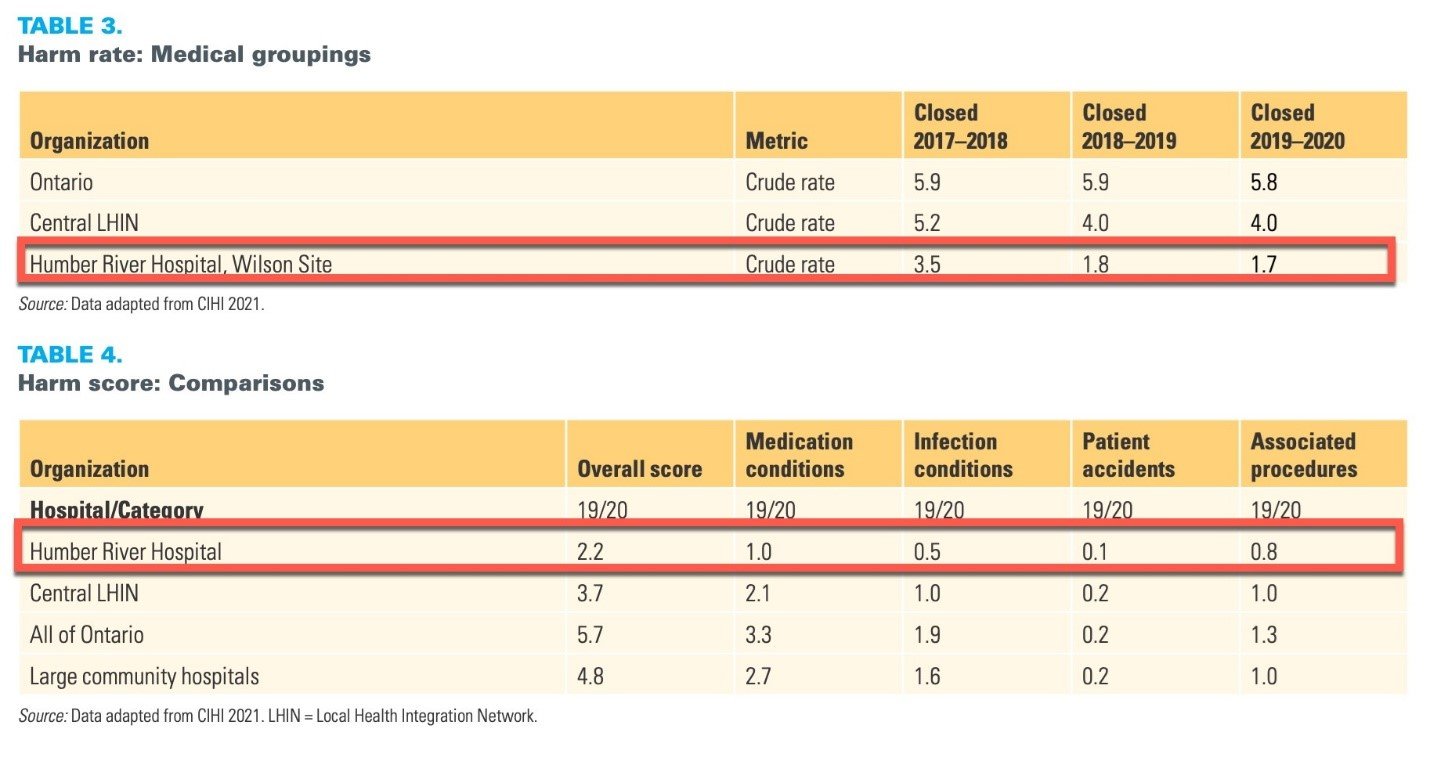Reducing Hospital Harm: Establishing a Command Centre to Foster Situational Awareness
National Library of Medicine
Humber River Health (HRH) is building a digital landscape using the principles of high reliability and human factors science. The HRH team is focused on creating a culture, processes and practices that enable them to successfully manage risk within the complexity of healthcare. Foundational to their digitization strategy is the deployment of a Command Centre.
In the peer-reviewed article “Reducing Hospital Harm: Establishing a Command Centre to Foster Situational Awareness” in Healthcare Quarterly, HRH’s CEO Barbara Collins explained how Command Centre technology has impacted patient safety.
About Humber River Health
HRH is one of Canada’s largest community hospitals, serving a population of more than 800,000 people in the Toronto area. The multi-site system has over 700 beds, almost 5,000 employees, about 700 physicians, and over 1,000 volunteers.
Two generations of Command Centre Tile deployments
As part of their commitment to become a high reliability hospital, HRH deployed a Command Centre. The first generation of Tiles (apps that create a visual display of real-time data and predictive analytics) focused on addressing patient access and flow.
Generation 2 Tiles support early identification and real-time management of patients at risk of harm and clinical deterioration as well as the elimination of never events. The Command Centre helps enable a reduction of hospital harm by providing clinicians with situational awareness that enables them to respond to and mitigate threats to patient safety before they get worse.
Measuring the impact
The Canadian Institute for Health Information (CIHI) developed the Hospital Harm measure to help examine unintended harm events in acute care hospitals. The results are reported annually to support hospitals in their efforts to improve patient safety.
The 2019-2020 results (CIHI 2021) revealed that the overall harm score for HRH was much lower than provincial and Local Health Integration Network (LHIN) rates. In addition, for medical groupings, the HRH rate of harm was substantially lower than provincial and LHIN rates, and there was a downward trend for HRH between 2017-2018 (inception of Generation 1) and 2019-2020 (inception of Generation 2).
These results suggest that there may be an association between the Generation 2 Command Centre deployment and achieving lower rates of harm. The charts below show the detailed scores.

Building the Tiles to provide situational awareness
The Tiles are configured to provide clinicians with the right data at the right time in the right format to support better decision-making, and ultimately better patient outcomes. Determining which information would be displayed on the Tiles, how the information would be displayed, and where the information would come from was a rigorous process. Clinical, technological, and human factors and process engineering experts collaborated to develop the Tiles, conduct pre-launch testing, and make refinements based on front-line clinicians’ feedback.
Lessons learned
As HRH worked to provide clinicians with situational awareness and predictive analytics focused on reducing and eliminating patient harm, they learned some valuable lessons:
- Establish the culture – Translating high-reliability principles into concrete practices is challenging. For a successful hands-on application at HRH, leaders, staff, and physicians needed to have a clear understanding of the expected actions and how those behaviours would contribute to achieving the goal of exceptionally safe and consistent high-quality care.
- Anchor systems and processes in evidence – The concept of increasing situational awareness to improve team communication and maximize harm reduction was essential to HRH’s success.
- Support leaders and clincians as they stretch their capacity – Self-reflection and measuring performance at all levels – especially in leadership roles -- is vital to continuous quality improvement. As visibility to issues increases across the organization, it is also important to provide clinical teams with the opportunity to discuss challenges openly in a safe space. By putting the patient at the centre of the strategy, everyone can learn and grow.